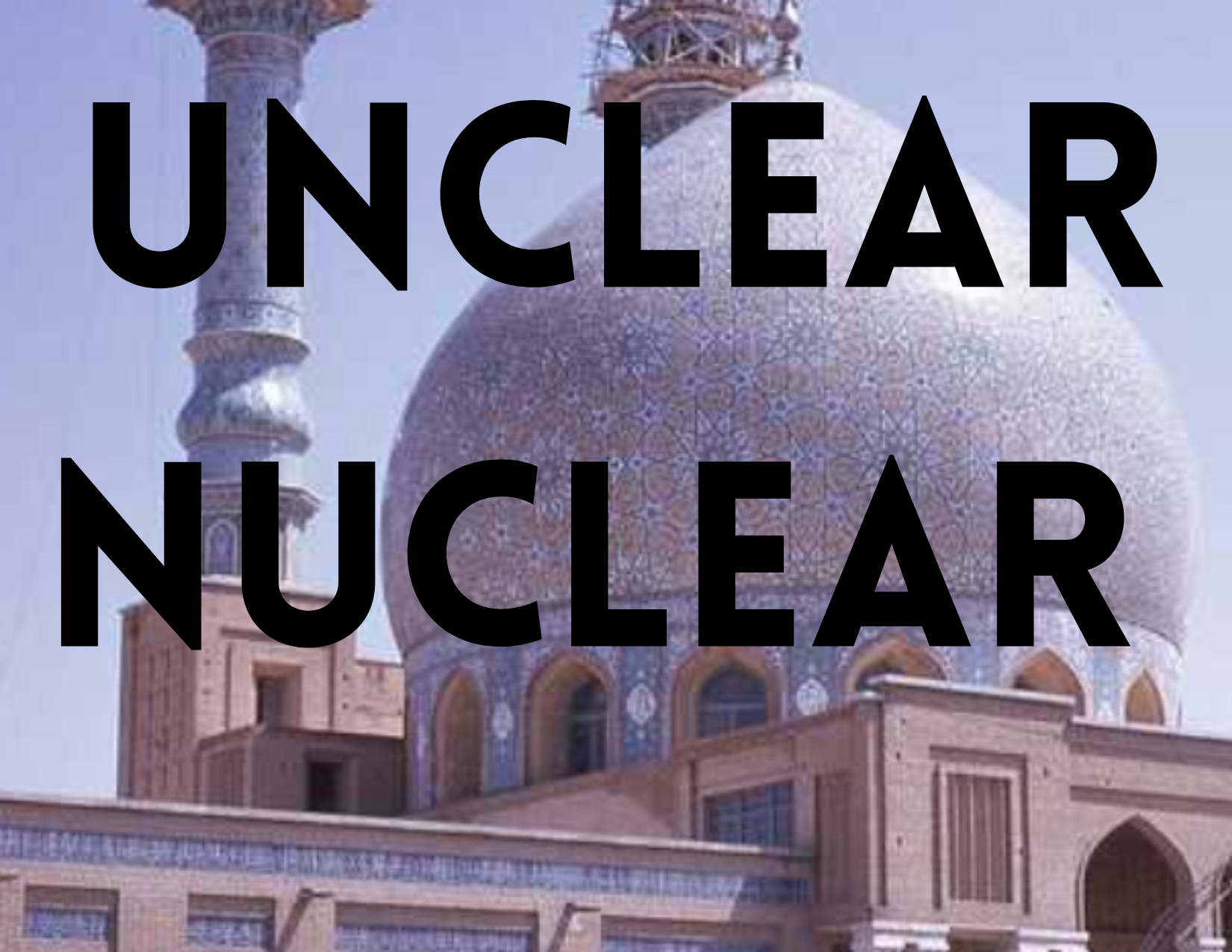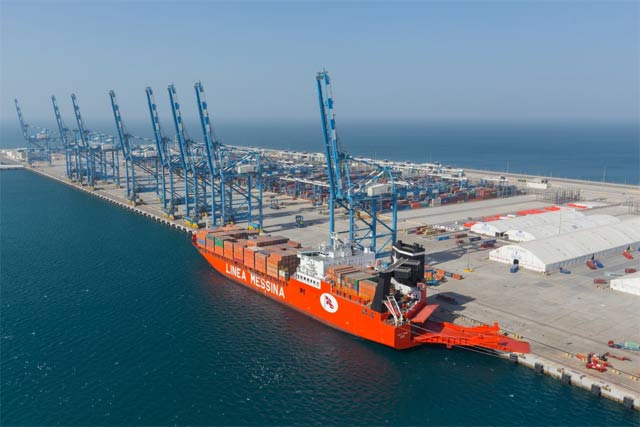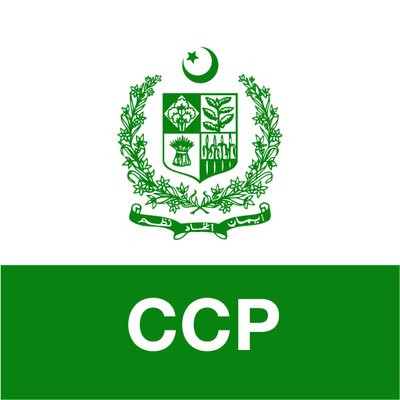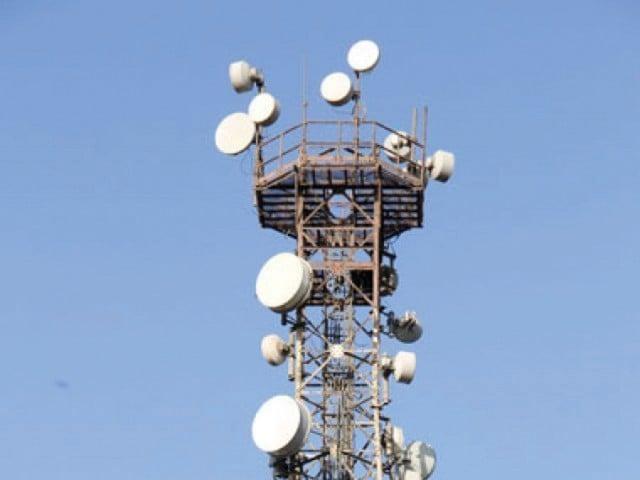Unclear Nuclear: From Manhattan to Midnight Hammer
In June 2025, the world was once again reminded of the volatile intersection of nuclear technology and global politics when the United States launched a precision strike—Operation Midnight Hammer—against Iran’s critical nuclear facilities.

Introduction: A New Era of Reckoning
In June 2025, the world was once again reminded of the volatile intersection of nuclear technology and global politics when the United States launched a precision strike—Operation Midnight Hammer—against Iran’s critical nuclear facilities. This came on the heels of a previous cyber-kinetic campaign, Operation Rising Lion, which had disrupted uranium enrichment processes in 2024. These actions underscore the enduring complexity and danger of nuclear proliferation, as well as the global efforts to regulate, control, and respond to the atomic threat. To fully grasp the gravity of these operations, one must explore the long and winding path of nuclear weapons development, international treaties, the specific trajectory of Iran’s nuclear ambitions, and the implications of bypassing due process.
The Birth of the Bomb: From Theory to Trinity
The story of nuclear weapons begins in the early 20th century, with breakthroughs in quantum physics and the discovery of nuclear fission in 1938 by German scientists Otto Hahn and Fritz Strassmann. Recognizing the military implications, physicists including Leo Szilard and Albert Einstein warned the U.S. government of Nazi Germany’s potential bomb program, prompting the launch of the Manhattan Project in 1942.
The culmination came on July 16, 1945, with the Trinity Test in New Mexico, marking the first detonation of a nuclear weapon. Less than a month later, the United States dropped atomic bombs on Hiroshima and Nagasaki, instantly killing over 100,000 civilians and ushering in the nuclear age.
The Cold War and the Globalization of the Nuclear Arsenal
After World War II, the geopolitical rivalry between the United States and the Soviet Union drove a relentless nuclear arms race. By the 1950s, both superpowers had developed thermonuclear (hydrogen) bombs, vastly more powerful than those used in Japan.
Over the decades, other nations joined the nuclear club:
- United Kingdom (1952)
- France (1960)
- China (1964)
- India (1974)
- Pakistan (1998)
- North Korea (2006)
- Israel (undeclared but widely recognized as nuclear-capable)
This proliferation spurred global concern, leading to the establishment of the Treaty on the Non-Proliferation of Nuclear Weapons (NPT) in 1968. The NPT, which came into force in 1970, aimed to prevent the spread of nuclear weapons, promote disarmament, and facilitate peaceful nuclear energy.
Regulatory Frameworks and Watchdog Agencies
Several key treaties and agencies emerged to uphold nuclear safety:
- International Atomic Energy Agency (IAEA): Established in 1957, this UN body conducts inspections and verifies compliance with the NPT.
- Comprehensive Nuclear-Test-Ban Treaty (CTBT): Signed in 1996 but not yet ratified by all necessary states; it bans all nuclear explosions.
- Strategic Arms Reduction Treaty (START) series: Bilateral U.S.-Russia agreements to reduce deployed nuclear arsenals.
- Nuclear Suppliers Group (NSG) and Zangger Committee: Control the export of nuclear materials and technology.
Despite these frameworks, geopolitical tensions and national security doctrines often push nations toward nuclear capability.
Iran: Nuclear Dreams and Global Nightmares
Iran’s nuclear program began in the 1950s under the U.S.-backed Atoms for Peace initiative. The 1979 Islamic Revolution, however, shifted the country's geopolitical alignment, and subsequent tensions with the West fueled suspicions about its nuclear intentions.
Key Milestones in Iran’s Nuclear Development:
- Natanz and Fordow: Two major uranium enrichment facilities, with Fordow being buried deep underground.
- Isfahan: Uranium conversion and research center.
- Arak Heavy Water Reactor: Originally designed for plutonium production; modified under the 2015 nuclear deal.
Iran claimed its program was for peaceful energy and medical research, but covert enrichment activities and lack of transparency led to international skepticism.
The JCPOA and Its Collapse
In 2015, Iran reached the Joint Comprehensive Plan of Action (JCPOA) with six major powers (P5+1). It limited Iran’s enrichment levels, reduced centrifuge numbers, and imposed intrusive inspections in exchange for sanctions relief.
However, in 2018, the U.S. unilaterally withdrew from the deal under President Donald Trump, leading Iran to incrementally resume enrichment and restrict IAEA access. Tensions escalated throughout the 2020s.
Operations Rising Lion and Midnight Hammer
- Operation Rising Lion (2024): A multi-domain offensive combining cyber warfare (likely via new iterations of Stuxnet-like malware) and sabotage, targeting Iranian enrichment infrastructure without kinetic strikes.
- Operation Midnight Hammer (2025): A more overt military operation involving U.S. stealth bombers and Tomahawk missiles. Targets included Fordow, Natanz, and Isfahan. The U.S. declared the facilities "obliterated," though satellite assessments suggested recoverable damage.
Iran responded with defiance but no direct escalation, possibly constrained by internal politics and international pressure.
Key Findings from Damage Assessments:
While significant damage occurred, assessments indicate the core of Iran’s nuclear program remains partially intact.
- Fordow Enrichment Facility:
- Struck by U.S. GBU-57 "bunker-buster" bombs. Satellite imagery shows large craters and ash covering the site, but the underground enrichment halls may have survived due to the facility’s mountain-embedded design
- IAEA confirmed "direct impact" but could not verify internal damage levels. Iran reported no radiation leaks
- Natanz Enrichment Complex:
- Hit by both Israeli (June 13) and U.S. (June 21) strikes. Ground-penetrating munitions caused "extensive damage" to above-ground structures, including centrifuge halls and power supplies
- U.S. intelligence indicates most centrifuges and enriched uranium reserves (~400 kg of 60%-enriched material) survived
- Esfahan Nuclear Complex:
- Sustained "extensive additional damage" from U.S. Tomahawk missiles (June 22), collapsing tunnel entrances and severely damaging the uranium conversion plant
- Iranian officials claimed no radiation release, though IAEA noted potential contamination in damaged buildings
Conflicting Damage Assessments:
- U.S. Intelligence (DIA): Concluded strikes did not destroy critical infrastructure, delaying Iran’s program by "months, not years." Enriched uranium stocks and centrifuges remain functional
- White House: Claims "total destruction" of Iran’s enrichment capabilities, contradicting intelligence reports
- IAEA: Described "very significant damage" but emphasized underground impacts are unverifiable due to conflict constraints
Overall Impact
The operations degraded Iran’s nuclear infrastructure—particularly at Esfahan and Natanz—but failed to eliminate enriched uranium stockpiles or permanently disable FordowIran retains the capacity to reconstitute its program, with setbacks estimated at 3–6 months. Tehran is now considering suspending cooperation with the IAEA, complicating future monitoring.
The damage extends beyond "a scratch on the surface" but falls short of crippling Iran’s nuclear ambitions. Military strikes have slowed, not halted, progress, underscoring the limitations of non-diplomatic interventions
International Atomic Energy Agency (IAEA) Director General Rafael Mariano Grossi said his agency does not know where nearly 900 pounds of potentially enriched uranium is located, after Iranian officials said it was being removed for protective measures ahead of strikes on nuclear facilities in Iran.
Grossi said Natanz was the first to be hit and sustained "very serious damage" in one of the centrifuge halls where enrichment was being carried out. Isfahan also sustained damage, he added, though nobody has been inside the halls to assess the damage.
The Dangers of Unilateral Action Without Due Process
The legality and prudence of these operations remain contentious. Actions such as Operation Midnight Hammer, executed without clear UN authorization or multilateral consensus, risk eroding the global rule of law. The absence of diplomatic consultation, lack of verification by international bodies, and circumventing of peaceful dispute mechanisms threaten the legitimacy of the international security architecture.
Long-Term Negative Impacts:
- Destabilization of Regional Security: Such strikes may provoke asymmetric retaliation, proxy conflicts, or accelerated weaponization by other states.
- Erosion of Norms and Treaties: When a major power bypasses legal avenues, it sets a precedent for others to act similarly, weakening the authority of the IAEA and undermining the NPT.
- Encouragement of Secrecy and Hardening: States may be incentivized to bury or disperse nuclear activities deeper underground or outside treaty obligations.
- Loss of Diplomatic Capital: Even allies may question the commitment of the United States to multilateralism and peaceful resolution.
Before launching such operations, a range of actions should be pursued:
- Exhaustion of Diplomatic Channels with verification mechanisms.
- UN Security Council Deliberations to establish legal legitimacy.
- Consultation with Regional Stakeholders to prevent unintended spillovers.
- Evidence Sharing with the IAEA to build international consensus.
In a nuclearized world, trust and process are as important as power.
The Current Global Nuclear Landscape
While Cold War dynamics were defined by bipolar deterrence, today’s nuclear world is multipolar and less predictable. Concerns include:
- Non-state actors acquiring fissile material
- Technological destabilization via hypersonics and AI
- Erosion of arms control norms, with treaties like New START nearing expiration
- Regional rivalries (e.g., India-Pakistan, U.S.-China, Iran-Israel)
The Balance of Terror and Responsibility
From the desolation of Hiroshima to the calculated strikes of Operation Midnight Hammer, nuclear weapons remain symbols of ultimate power and existential threat. Iran’s nuclear journey highlights the thin line between national sovereignty and global security. As new technologies and geopolitical shifts unfold, the world must continually negotiate the paradox of nuclear power—balancing deterrence with disarmament, sovereignty with scrutiny, and science with survival.











